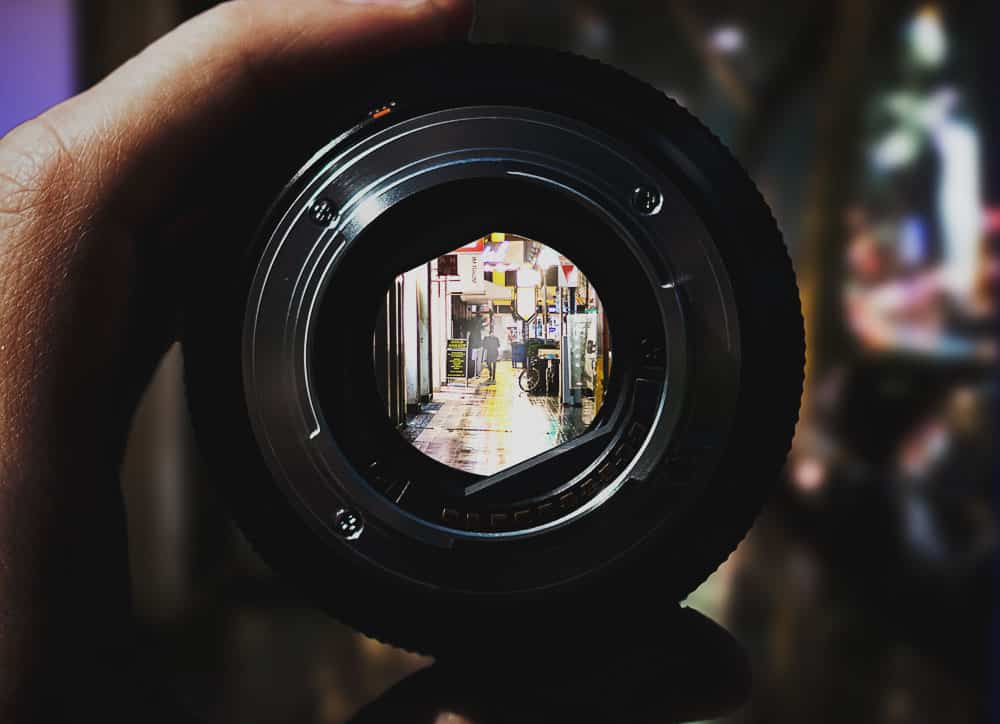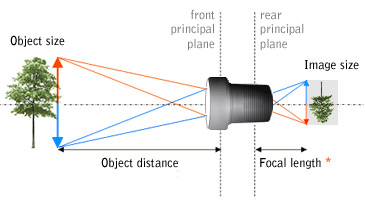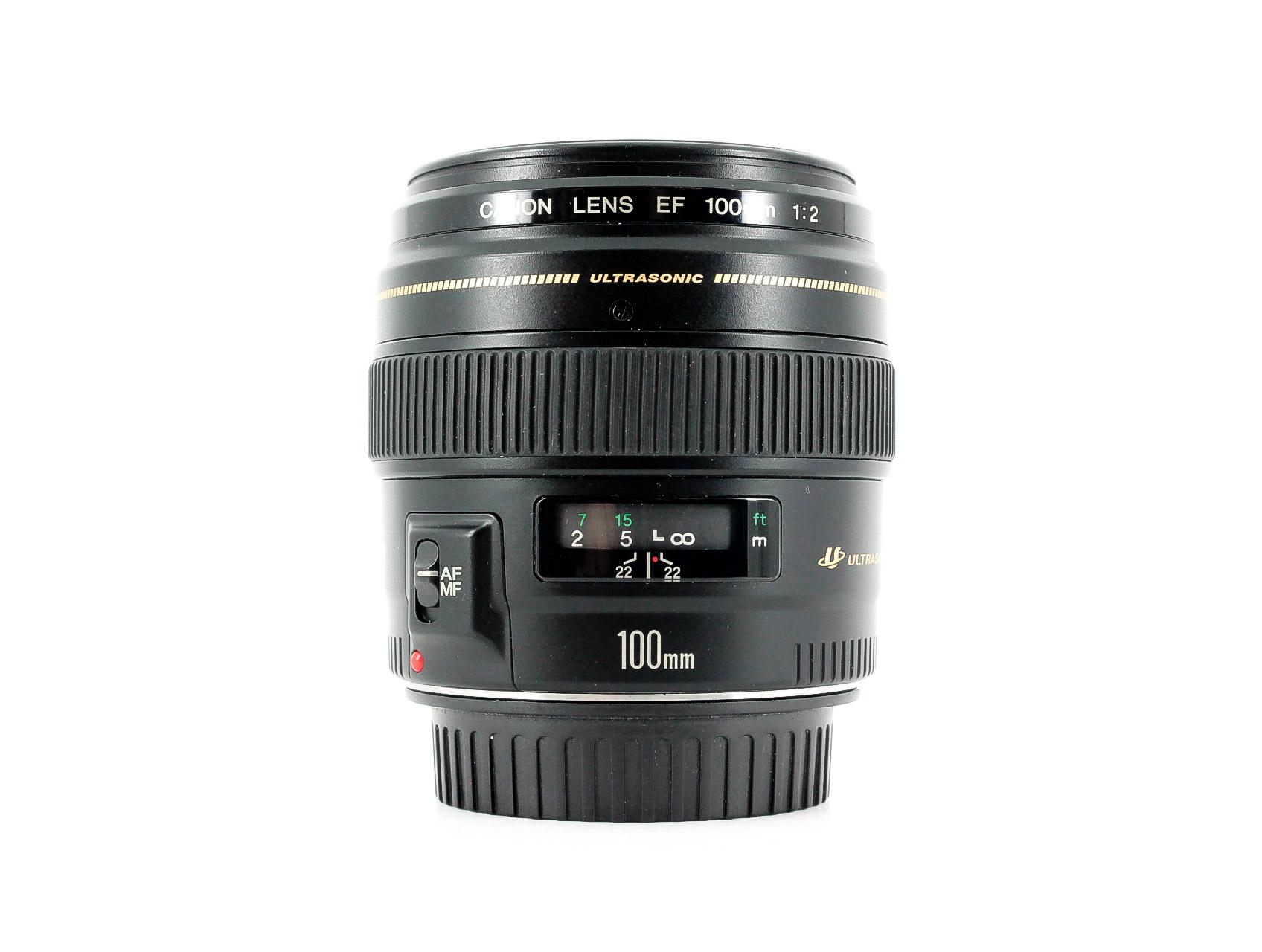
One of the most important factors in photography is the aperture . The aperture is a lamellar opening in the lens that opens and closes. It has two influences on a photo. On the one hand, it controls the brightness and, on the other hand, the depth of field (or depth of field).
General information about the aperture
Surely you know the portraits or macro shots where only a small part of the picture is sharp. The rest disappears in a blur. With this type of image we speak of a shallow depth of field. We sometimes control the size of this area through the aperture and have different areas of application for this. In landscape photography, we want to be as sharp as possible. But for this it is not necessary to close the shutter as far as it will go! Depending on the lens and camera, aperture values of 5.6 or higher are enough to speak of a high depth of field. The opposite are low aperture values. These open the aperture further and ensure a low focus range.
Aperture value
The aperture value is a little bit confusing, because with a higher value we have a closed aperture and with a lower value we have an open one. This is because the aperture value is a fraction. We don’t actually set an aperture of 4, but an aperture of f / 4. This is because the aperture value is calculated from the focal length of the lens and the diameter of the light passage. This explains why lenses are sometimes very thick, but is difficult to remember for beginners.
Aperture step
If that wasn’t too much for you, I have another tip for you. Because we have a certain approach to the aperture values. As you may have already noticed, you cannot set an aperture of 3.8 on your camera ; an aperture of 4 works though … Why?
It has to do with a very simple calculation and logic. If the aperture makes a full step (from 5.6 to 8, for example), only half as much light falls into the camera. Conversely, of course, from f / 4 to f / 2.8 we let twice as much light into the camera. In this case one speaks of an aperture step. This is available in whole steps and in thirds.
Whole aperture steps:
1 – 1.4 – 2 – 2.8 – 4 – 5.6 – 8 – 11 – 16 – 22
In order to be able to adjust the aperture more finely, there are now third steps. These can be found in most cameras between all the steps for the blind. ( 2 – 2.2 – 2.5 – 2.8 ). Many values in photography are based on this aperture value; also the exposure time and the ISO value.
In simple terms, however, you can say that if you turn a setting wheel on the camera three steps in a certain direction, you have halved or doubled the amount of light. Depending on which direction.
The focus range
The area of focus is the area in an image that is in focus. The size of the focus area is controlled, among other things, by the opening of the aperture . If you keep it open, the area of focus will get smaller, and if you close it it will get bigger.
With the autofocus, you can control at which point the image is in focus, through the aperture how far this focus spreads to the front or back. Please note that this focus area spreads on the camera axis. Everything that is left or right of your subject can therefore also be sharp.
Take pictures with the aperture open
There are several advantages to opening the bezel . In this way, you can keep the focus area in your photo small, which makes for a wonderfully focused look in portrait photography or macro photography.
Take pictures with the aperture closed
The complete opposite is of course the closed aperture . The closed aperture ensures that the picture is naturally darker. Less light comes into the camera, so the picture becomes darker. This can be an advantage if we want to expose longer or if we need a large focus area.
Closing the aperture (f / 5.6 -> f / 8 or smaller) increases the focus area . This is great for group pictures or landscape shots, because at this moment we want everything to be sharp. To do this, it is not necessary to close the aperture to f / 22, i.e. as far as it will go. In most cases an aperture of 5.6 is sufficient. That depends on other influences on the sharpness range. I’ll explain this to you now.
Further influence on the focus range
The focus area depends on the distance to the subject and the focal length used . If you take photos at a wide angle, the field of focus (also depth of field) is significantly larger than with a telephoto lens at the same distance.
An example with aperture 2 and a distance of 4 meters:
- 17mm = 20.92m depth of field
- 50mm = 0.77m depth of field
- 200mm = 0.05m depth of field
The distance to the subject has the same influence. Have you ever noticed that the distance to the subject changes the blurring in the background? With a lot of distance the focus area is quite large, with a short distance it becomes smaller and smaller.
Again the example with aperture 2 and a focal length of 50mm
- 1 meter distance – 0.05m depth of field
- 2 meters distance – 0.19 m depth of field
- 5 meters distance – 1.21 m depth of field
So if you want to have blurring in the background of your portraits, you should not only choose an open aperture , but also get close to your subject (and keep a distance from the background).
The connection between all these influences and factors is certainly not easy to understand at the beginning, but over time this becomes easier and easier. With a little practice you will develop a feeling for which combination of aperture , distance and focal length is the right one for the respective situation.
Limits of the lens
You have already learned a lot about aperture and depth of field. As you have probably already noticed, not every lens can set every aperture . The reason for this is usually the zoom. The zoom requires space in the lens. Every moving part takes its toll and usually ensures this limit. This is why you can usually not open the aperture any further, but what is the solution?
Lenses with the largest open aperture are fixed focal lengths. A fixed focal length is a lens without zoom and usually creates f / 1.8 or even more open (f / 1.4 or f / 1.2). There are also zoom lenses that work in a similar field, but these are often very expensive. So if you want to work with a small depth of field, you should use a prime lens.




